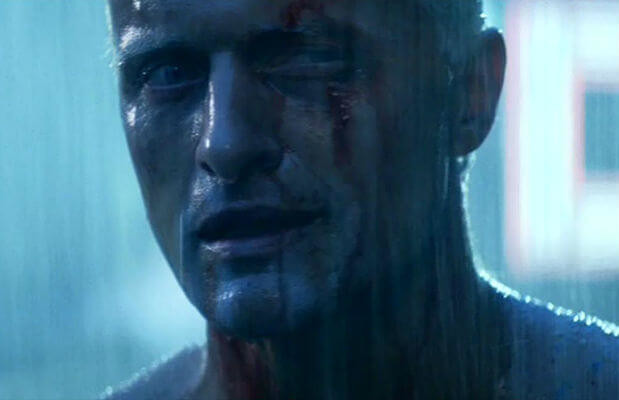In the film Blade Runner (1982), Rick Deckard hunts realistic androids called replicants.
According to Jordan Cronenweth, Blade Runner's (genius) director of photography,
One of the identifying characteristics of replicants is a strange glowing quality in their eyes
source
Nevertheless, the plot of Blade Runner has Deckard identify the replicants using a Voight-Kampff machine, a complex interrogation tool, whose process seems to be quite long and tedious. The machine, according to Wikipedia, tracks eye movement (not the glow) of the "subject" during the test, among other things.
I've wondered if this glow was a narrative trick, that the characters are not themselves aware of within the universe of the film. Or if Deckard knows about this too well, but sticks with procedure for his own sake. But I could never find an answer to this question:
What is the reason that Deckard doesn't identify Replicants simply by looking for the "strange glowing quality in their eyes"?




